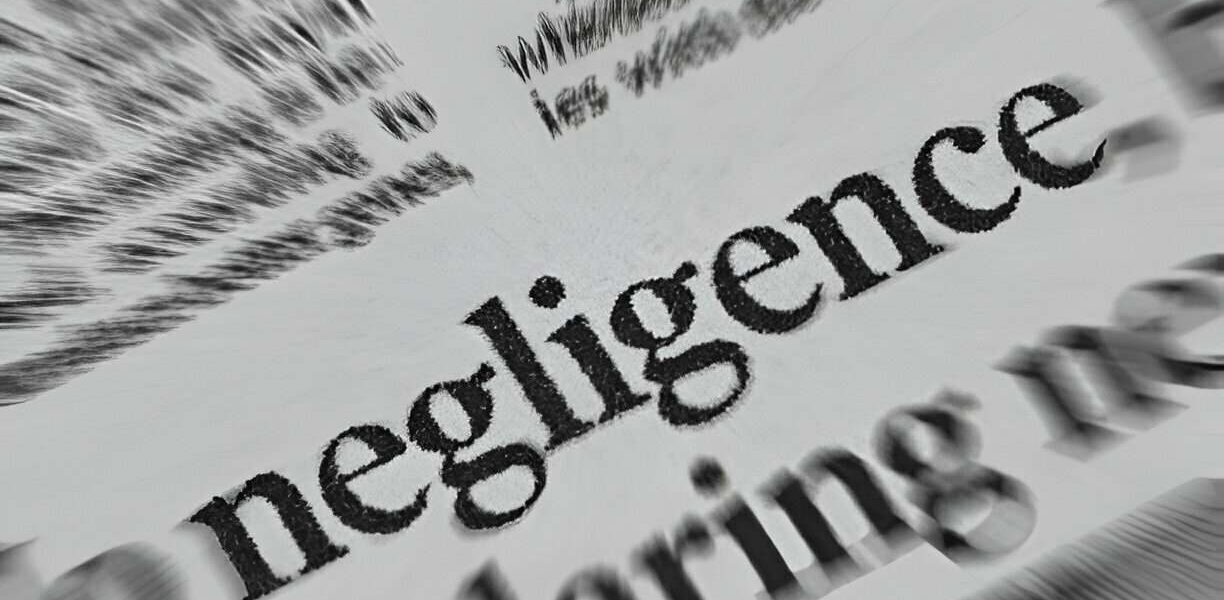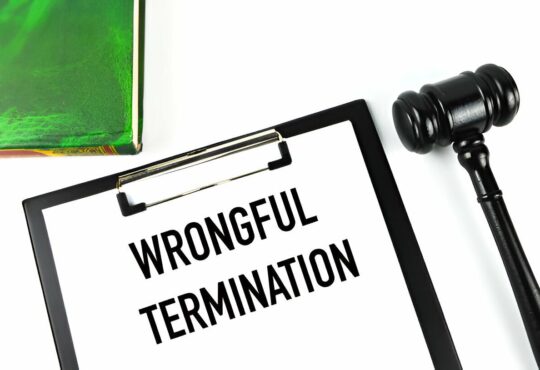
Proving Negligence in Medical Malpractice Lawsuits
Medical malpractice occurs when a healthcare provider’s negligence causes harm to a patient. Proving negligence in such cases is often challenging and requires strong evidence. Patients who suffer due to medical errors must establish specific legal elements to pursue a successful claim.
Understanding the key factors in a malpractice case can help you navigate the legal process and seek the compensation you deserve.
Contents
Establishing a Doctor-Patient Relationship
To file a malpractice claim, you must first prove the existence of a doctor-patient relationship. This relationship establishes that the healthcare provider owed you a duty of care.
Medical records, prescriptions, and appointment confirmations serve as proof of this relationship. Without this evidence, the defendant may argue that they were not responsible for your treatment. Once this relationship is established, the focus shifts to proving negligence.
Demonstrating a Breach of the Standard of Care
In a malpractice case, you must show that the healthcare provider failed to meet the standard of care expected in their field. This means their actions deviated from what a competent doctor would have done under similar circumstances.
Courts often require expert testimony to explain how the provider’s actions fell below medical standards. The law does not expect perfection, but it does require reasonable and competent care. If negligence is proven, the case moves forward to establish causation.
Proving Causation Between Negligence and Harm
It is not enough to show that a doctor made a mistake; you must prove that the mistake directly caused your injury. The defendant may argue that your condition would have worsened regardless of their actions.
Medical records, test results, and expert opinions can help establish a clear link between negligence and harm. Without strong causation evidence, the case may not succeed. Demonstrating this connection is crucial in securing compensation.
Documenting the Damages Suffered
A successful malpractice claim requires proof of damages resulting from negligence. These damages can be physical, emotional, or financial in nature.
Claims commonly include medical bills, lost wages, and pain and suffering. Keeping detailed records of all related expenses strengthens your case. The more evidence you provide, the better your chances of receiving fair compensation.
Seeking Legal Expertise
Medical malpractice lawsuits are complex and require legal expertise. A specialized attorney can help gather evidence, consult medical experts, and build a strong case.
An experienced lawyer will guide you through negotiations and court proceedings. They can also determine the fair value of your claim and advocate for maximum compensation. Without proper legal representation, your case may face significant obstacles.
Conclusion
Proving negligence in a medical malpractice lawsuit requires establishing key legal elements, gathering strong evidence, and seeking expert guidance. Understanding the process can help you build a solid case and increase your chances of success.
If you or a loved one has suffered from medical negligence, taking the right steps is crucial. With proper preparation and legal support, justice can be achieved.




